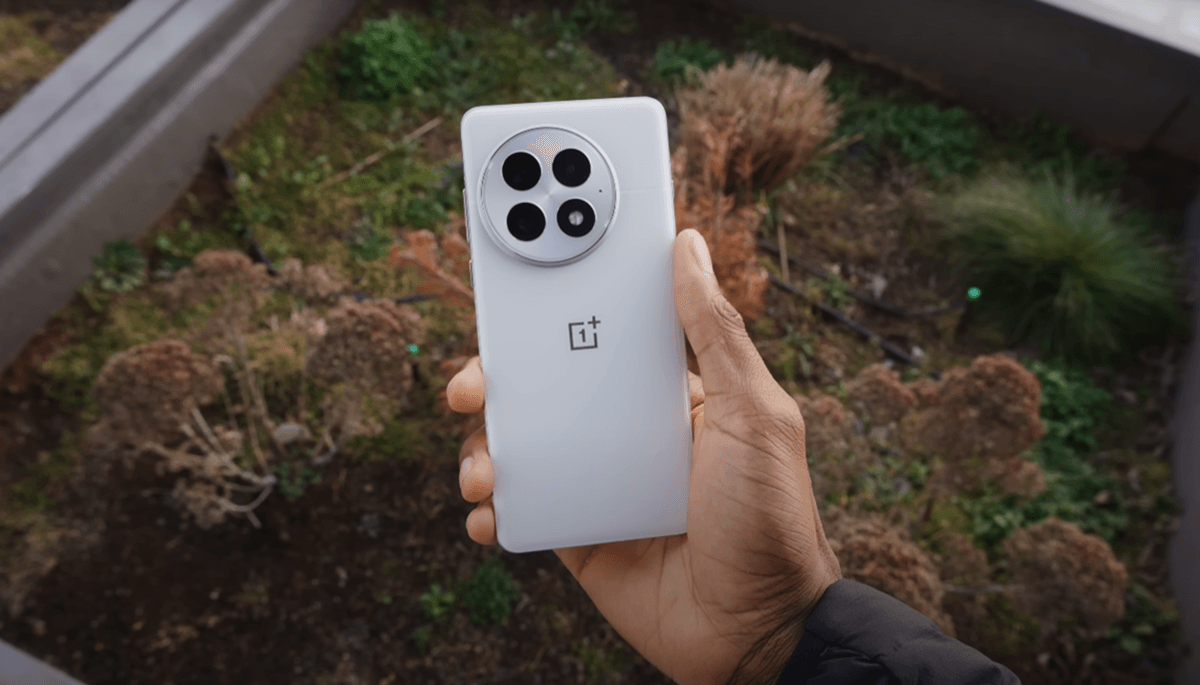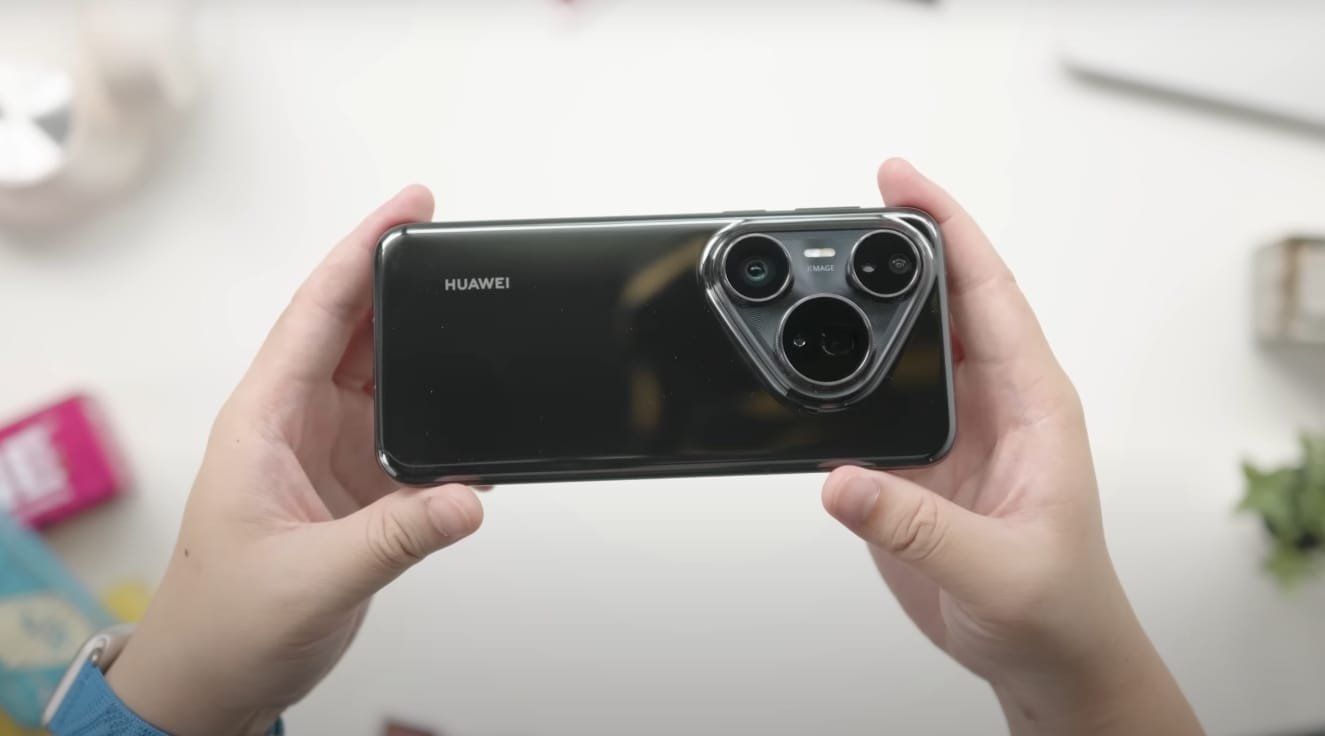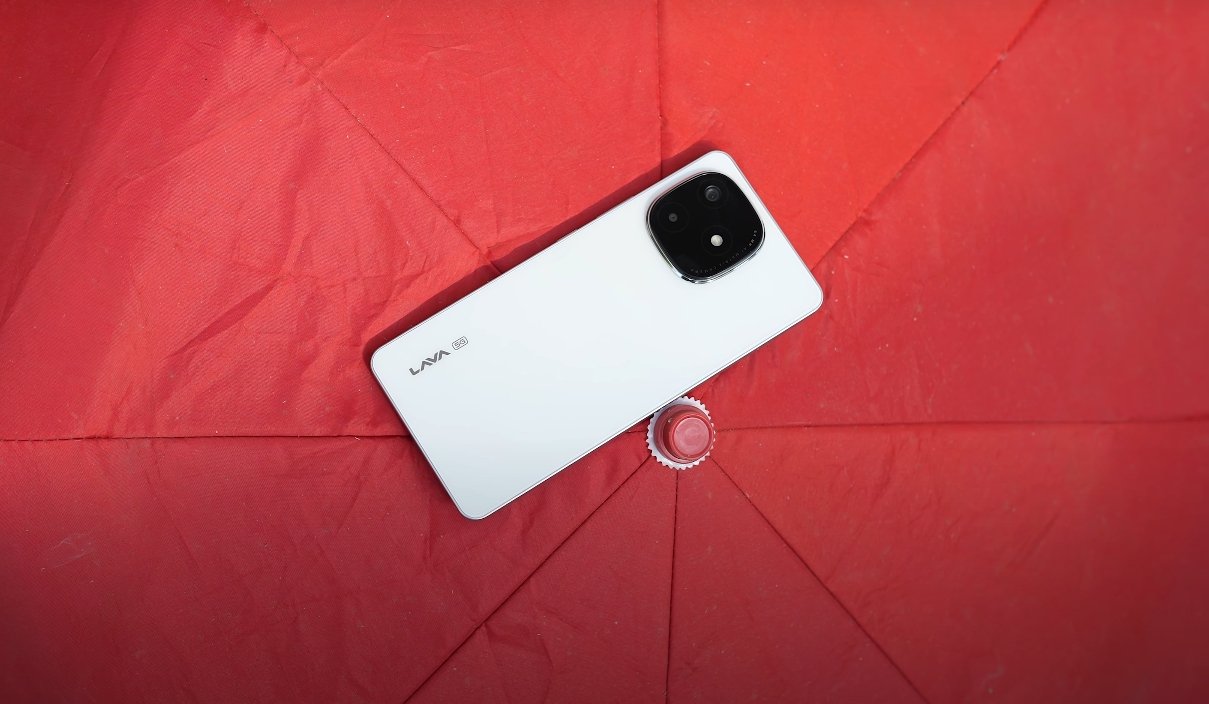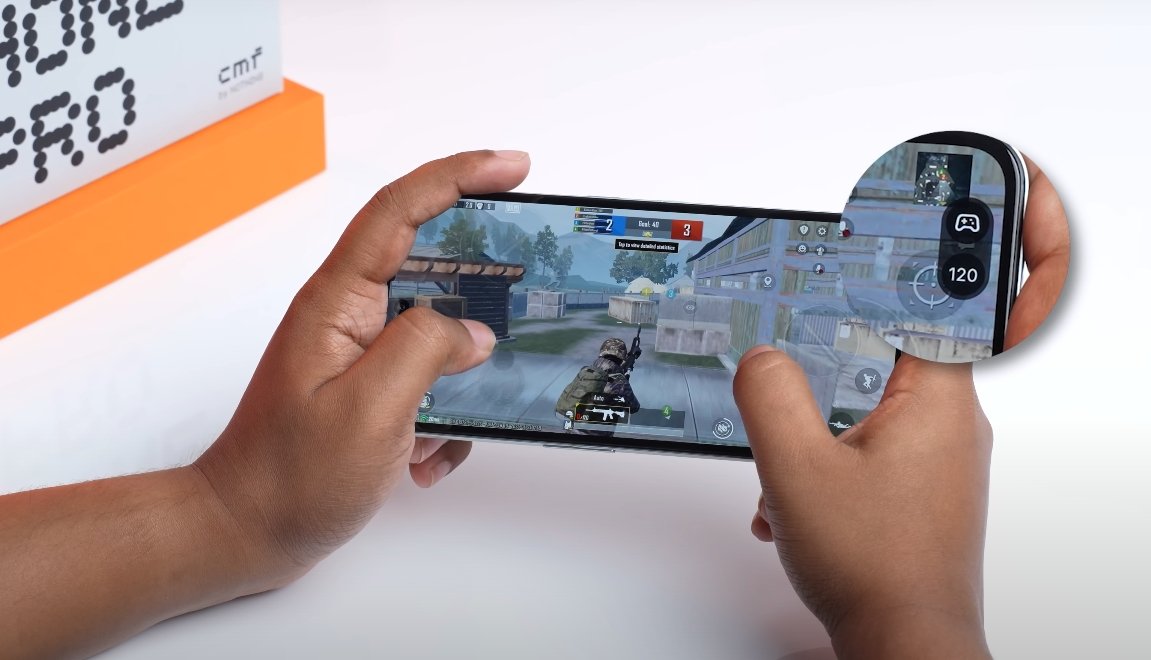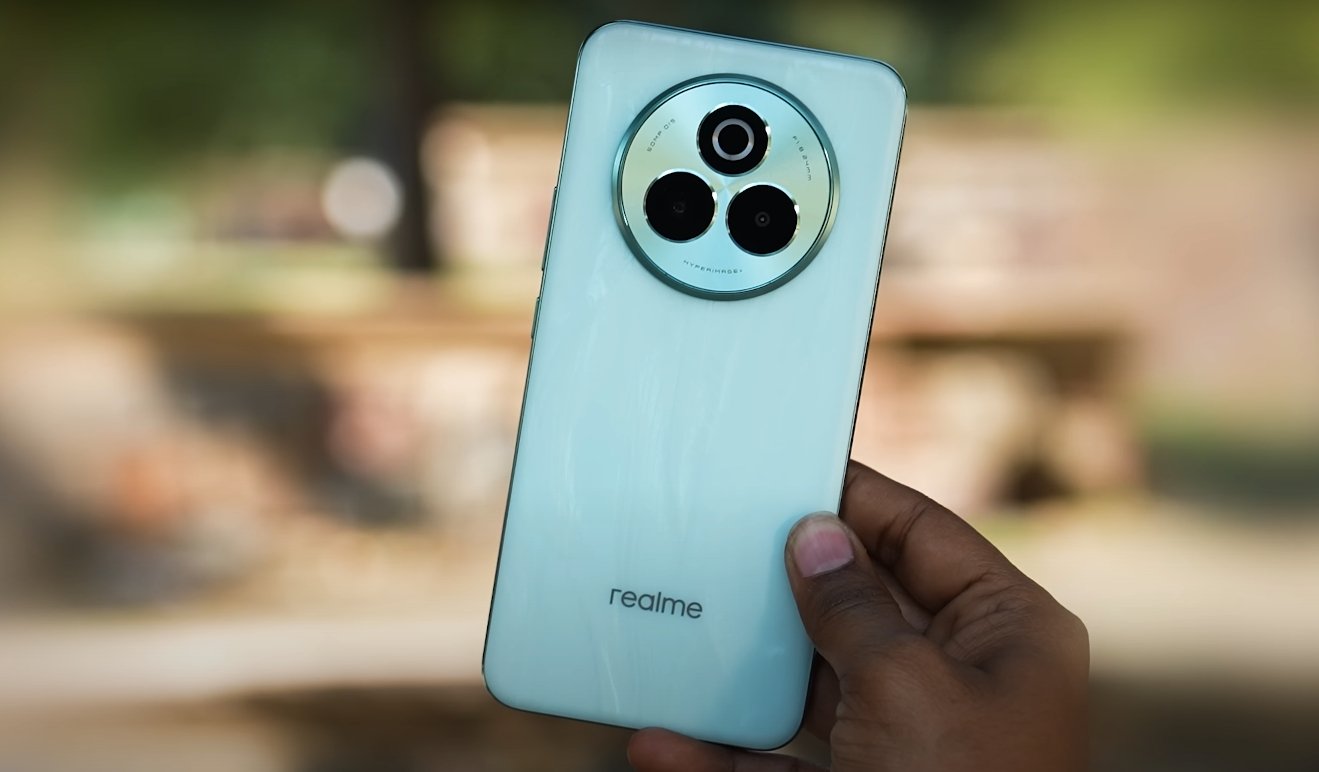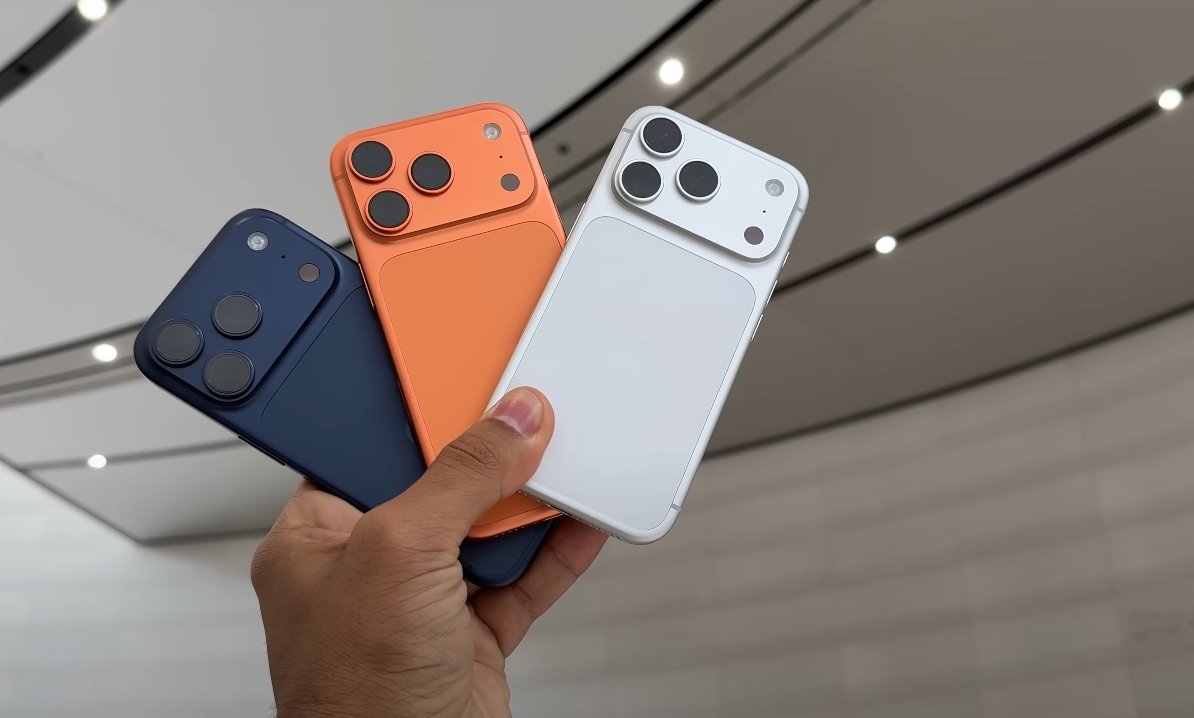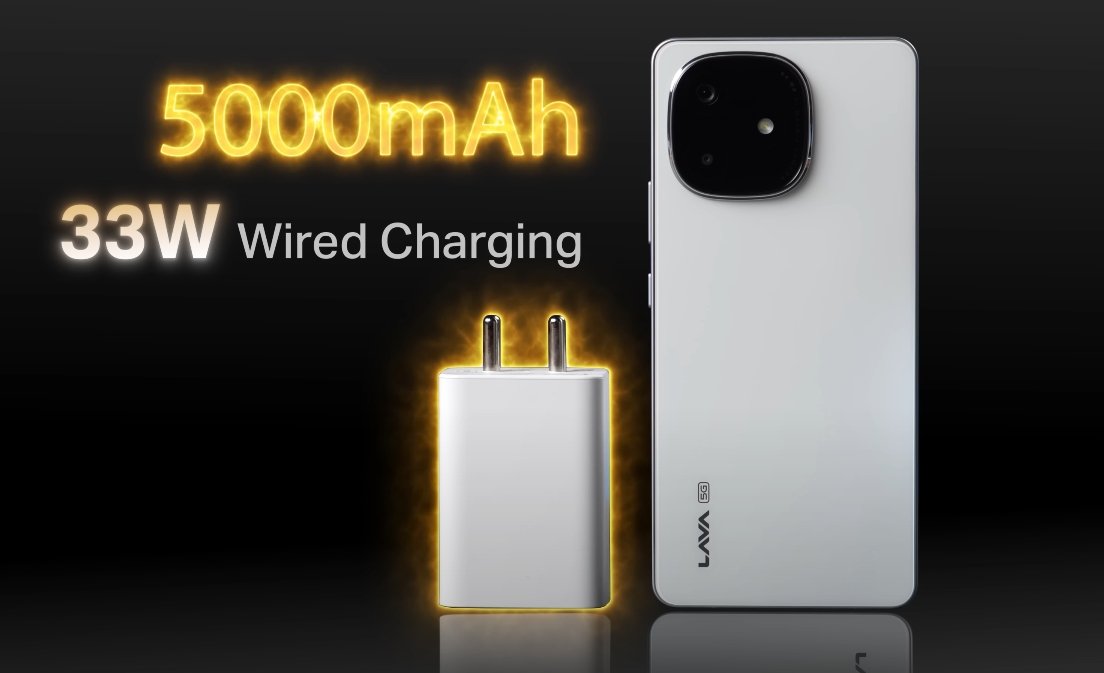I’ve been using this phone for about three weeks now. It’s really good. But OnePlus 13 also really exciting because it has three features that will be trends in smartphones for all of 2025.
It has a 6,000 milliamp-hour battery
If this phone isn’t for you,there’s goingg toa be a lot more phones like it that are good, which is sick. So those three things are the incredible battery, the chip, and the record-breaking display. So let’s get right into this battery. It’s an easy place to start. This is the OnePlus 13, and it has a 6,000 milliamp-hour battery. This perfectly reasonably sized, kind of slim phone without being super thick has a battery double the capacity of the Galaxy S8. So if you’ve been keeping track of phone battery sizes for the past few years, you might be wondering what is happening? Like, how is this jump all of a sudden happening with a bunch of phones.
These new batteries, without getting too technical, they are still lithium-ion batteries, but with a new silicon carbon anode. But the results have spoken for themselves.They’ve been bangers. More energy density. So pretty much great all the way around. It’s also pretty new, so this is a bit of an expensive technology. So it’s gonna be in flagships mostly to start, but this is the first part of a wave of new phones shipping with them.
This will be great for small phones having better batteries. This will be great for folding phones like we’ve seen already with the Honor Magic V2, which is impossibly thin but has 5,000 milli AMP – hours of capacity. And that is absolutely how we got this OnePlus 13 being thinner and lighter than the OnePlus 12. It was honestly hard to find a day to challenge it and try to drain the whole thing. The truth is, even with my high brightness use,and plenty of multitasking, this is a two-day phone at 120 hertz, and I turned it up to high resolution.
I had days of, like, hours of, you know, GPS navigation, high brightness, a whole bunch of stuff happening, Bluetooth streaming, a whole ton, and I’d end the day with six hours of screen-on time, and I’d still have 35% battery left. So I basically can’t kill it in a day. It’s sick. But when it finally does get low, it has 80-watt fast charging, so it can go from zero to 100 in 36 minutes, and it supports 50-watt wireless charging with the right charging pad. This is the best that smartphone batteries have been since the modern smartphone.
Snapdragon 8 Elite chip in this phone
This is the Snapdragon 8 Elite chip in this phone. And, you know, this new chip comes out every year from Qualcomm, and a bunch of us flagships use it. We see, you know, 5% improvements here, 10% improvements there if we’re lucky, and that’s respectable. But this year the improvement over last year’s best has been way bigger. It scored 36% higher on the AnTuTu benchmark, and 44% higher on the single-core Geekbench. It jumps up 14% on 3DMark. Like, this thing is putting up Wilt Chamberlain numbers; I’m loving it.
Now, if you’re just opening up Instagram or flipping through emails, it kind of sounds like none of this is gonna matter, and you’d mostly be right. But I love to see this type of jump on both power and efficiency because it means if you’re pushing a chip. But if you aren’t gaming and you are just bouncing around casual apps or scrolling Blue Sky or emailing or whatever, it turns out your battery efficiency gets much better, too. ROG Phone 9 Pro, Red Magic 10 Pro, great performers, great gaming phones. I’m pretty sure the Galaxy S25 lineup’s gonna have this chip, and it’s gonna be great, too.
1,600 nits in high brightness mode, and 4,500 nits peak brightness
Is around the front, and it’s this display. Holy nits! So I called this a record-breaking display earlier, which might not mean much because, you know, every year there’s been a new record-breaking phone with the highest max nits. This is another one on that streak. 1,600 nits in high brightness mode, and 4,500 nits peak brightness. And apparently, this is the world’s first display that’s gotten an A++ from DisplayMate, whatever that means.
What you need to know is this is a big display that looks really good all of the time, and it achieves that because, on paper, it does not miss. It’s 6.82 inches corner to corner; QHD+ resolution, so it’s nice and sharp; 120-hertz LTPO. It’s mostly flat wit just the very edges curving over slightly. It just gets insanely bright from corner to corner, and it can get super dim, as well. Plus, it has 2,160 hertz high-frequency PWM dimming for those with sensitive eyes. There’s an ultrasonic fingerprint reader underneath that’s crazy fast.
It also has a new glove mode for increased sensitivity while wearing thin gloves and Aqua Touch 2.0, which does a great job at keeping the screen responsive when there’s water on it, which a lot of older phones struggle with. The peak brightness number, the 4,500 nits, you know, it’s an impressive, very big number, but it doesn’t mean that much. It can’t do that on all of the pixels at once.
Also the OnePlus 12 had the same number. But it’s more just about the crazy full-screen brightness. If you’re out in the sun taking pictures, or if it’s up in your dash, like, this screen gets insanely bright, and it’s surrounded by basically no bezels that are even all the way around. So, look, I’m excited for a bunch of other phones to also be coming out this year with the same impressive big three that this phone has it. They can have this awesome battery, this great chip, and an incredible display.
There are three colors to pick from
The other twoareg build quality and cameras. And this phone does pretty good with those also. So I think the design and build is pretty nice. This is good hardware. There are three colors to pick from. And they do this thing where the base version, is only available in the black, but then the upgraded one for 1,000 bucks you can get in any color, including this nice blue vegan microfiber leather.
It’s kind of soft to the touch, and I like it. But there’s also still an alert slider on the flatter sides, which is a crowd favorite. The vibration motor inside is super good; it’s really precise. And OnePlus has also hilariously leveled up its IP rating, their certification for water and dust resistance. It’s not IP68; it’s IP69. Which means it can be not just submerged but also can sustain high-pressure water jets at extreme temperatures.
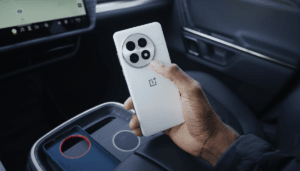
This phone can survive the laundry or being in the dishwasher if that happens to you. Now, there’s no Qi2 magnets built into this phone, but I really like what they’ve done with their cases. So they’ve got these official cases that have magnet rings in them, and they are basically the exact same diameter as MagSafe. So now this phone with this case on it works with all of my MagSafe accessories. You know, don’t already have an iPhone and a bunch of iPhone accessories lying around. But what it does do is basically unlock a whole world of accessories for this phone. I’ve been using all my MagSafe phone mounts in the car or any MagSafe charger or dock. They all work and just lock right in firmly with the magnet. It’s great.
Maybe the only design downside that I don’t like is the camera bump is kinda awkwardly slightly to one side, but that’s not a huge deal. Speaking of cameras, though, that’s the other pillar. It’s definitely not its strength. And this is kind of, you’ve seen this before. This is the OnePlus story, where they have fast phones, super smooth, great charging, and all that,
OnePlus 13’s primary camera is the 50-megapixel Sony LYT-808 sensor
It’s cameras are a notch below other flagships. It’s not a bad camera; it’s just if you’re gonna have an awesome, specced-out flagship but also undercut the other flagships, then you gotta save a little money somewhere. So the OnePlus 13’s primary camera is the 50-megapixel Sony LYT-808 sensor, essentially the same as the OnePlus 12. It is clearly… Look, it’s gathering a lot of light, and the pictures during daytime and in nice conditions are really nice. It’s even good for a little soft depth of field with close-up subjects.
It does a good job of freezing moving action and has good autofocus. It’s just that performance drops extra hard when the light goes away, which feels like an obvious statement. It’s like saying a tire loses traction when the ground is wet, but it’s just a little worse than other competing flagships here. It gets a little softer, gets a little HDR-y more often with lights, and is definitely a victim of the make-every-dark-photo-look-bright syndrome that we’ve observed in a lot of phones in the past. Then there’s also a 50-megapixel ultra-wide and a 50-megapixel, 3X tri-prism telephoto camera, which offers some space savings over a periscope zoom, but that’s about it. And their performance in the dark is worse than the main camera.
The video quality is definitely passable, though. I like that basically every new flagship phone now can shoot 4K 60 from all three lenses, and this one can also shoot 8K 30 from the main camera. Now with things like AI Unblur and Reflection Eraser, and Detail Booster, some of which work okay sometimes, but also other times they’re still very obviously AI and not that good, and all of which require an internet connection to work.
Android 15 features and a tiny bit of a coat of fresh paint
I remember when it first got announced back in the day and people were wondering if this is gonna be anything special or if it was more along the same lines of what. We’ve seen from like, Sony and Zeiss or Xiaomi and Leica. And to be honest, apart from, some portrait mode stuff and the orange shutter button and a few tweaks to their pro mode, honestly, it’s turned out to be right in line with those.
There wasn’t some dramatic reinventing of color science or suddenly a huge revolutionary new sensor, but it’s just a little bit better than before. It’s fine. I mean, people, again, you’re not buying this phone just for this camera, but it’s not a disaster. It’ll hold up, and it’ll be fine. Now, something you might have noticed, AI is not yet one of my pillars of a great smartphone. It’s not really close to the list yet, but it is in some of this OS. There are some features with AI built-in; in the camera and some operating system stuff. But honestly, the OS is more important. You could argue that could be a pillar, and I think some people will buy this phone just for the OS. And I think they’d be right.
OxygenOS 15 is still so fast and smooth and brings Android 15 features and a tiny bit of a coat of fresh paint over a lot of things along with some, shall we say, familiar elements. Like they added this little Dynamic Island copycat feature. So, hey, if you liked Apple’s Dynamic Island, well, you’ll feel right at home with the OnePlus 13. They usually call me a bit of a skeptic on a lot of these AI features actually being useful. But in general, like I said, the software, smooth, super fast.
